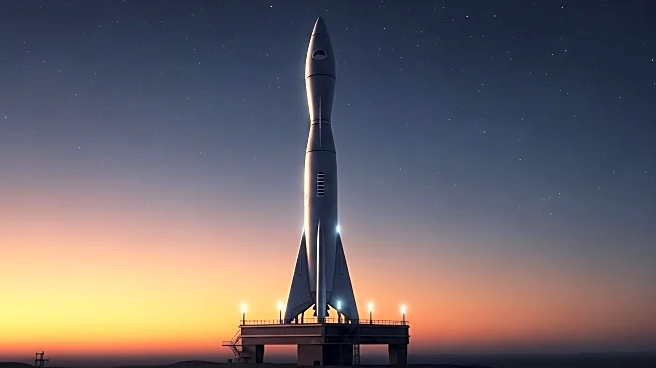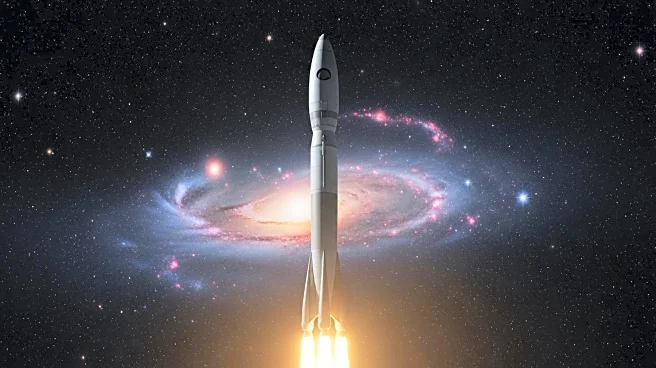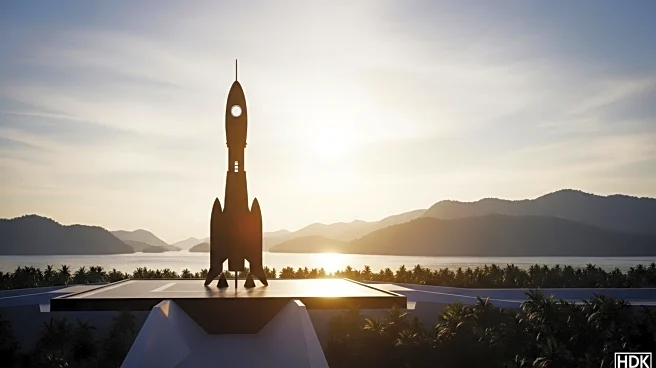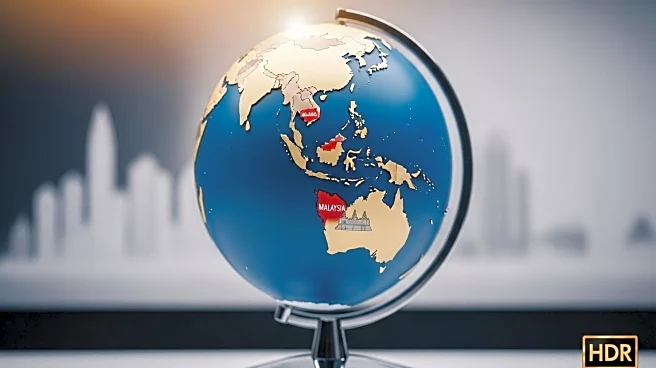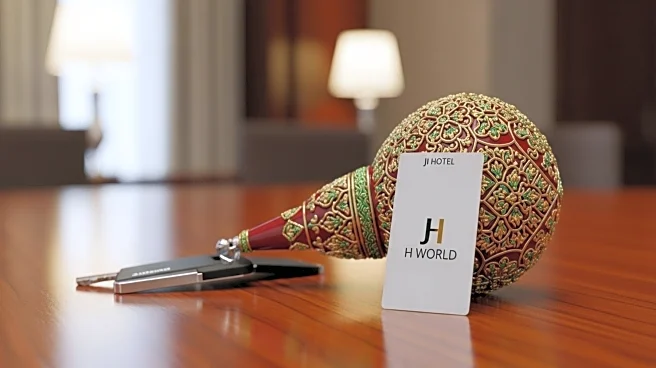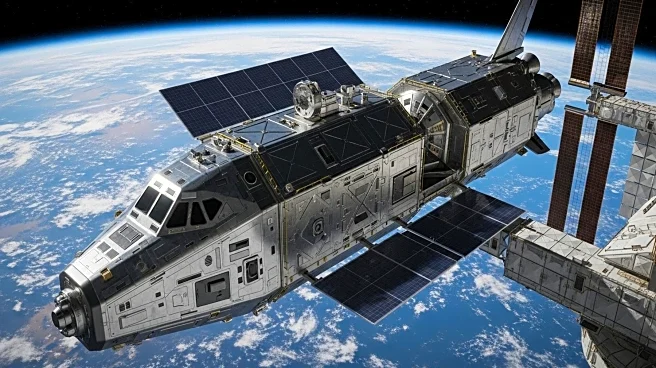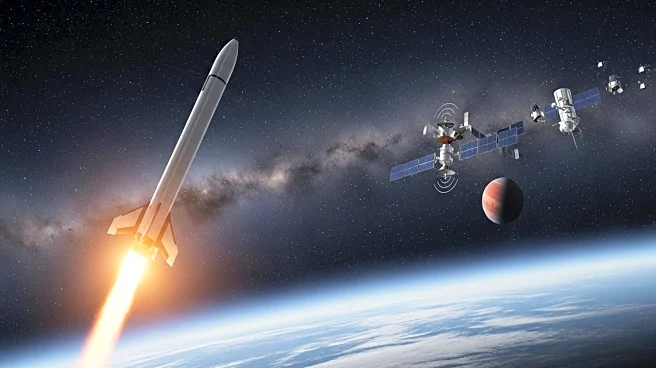What's Happening?
Malaysia is set to become the first Southeast Asian nation with its own rocket launch site by 2029. The Malaysian space agency has shortlisted three potential locations for the launch pad in Pahang, Sarawak, and Sabah. The initiative is part of Malaysia's broader strategy to enhance its space technology capabilities. The country's geographical position along the Equator offers a strategic advantage, allowing for more efficient rocket launches with reduced fuel costs. The plan requires foreign investors to collaborate with local companies and secure approval from state governments regarding land matters.
Why It's Important?
This development marks a significant step for Malaysia in the global space industry, potentially positioning the country as a regional leader in space technology. The establishment of a rocket launch site could attract international investment and foster technological advancements within Malaysia. It may also enhance the country's scientific capabilities and create new economic opportunities, particularly in the aerospace sector. The move could influence regional dynamics, encouraging other Southeast Asian nations to invest in space technology and infrastructure.
What's Next?
Malaysia will continue to work on securing partnerships with foreign investors and local companies to advance the project. The government will also focus on obtaining necessary approvals from state authorities for land use. As the 2029 target approaches, Malaysia will likely increase its efforts in developing the infrastructure and technology required for the launch site. The success of this initiative could lead to further investments in space exploration and technology within the region.
Beyond the Headlines
The establishment of a rocket launch site in Malaysia could have broader implications for regional cooperation in space exploration. It may lead to collaborative efforts among ASEAN countries to develop shared space technology initiatives. Additionally, the project could inspire educational programs and research opportunities in aerospace engineering and related fields, fostering a new generation of scientists and engineers in Southeast Asia.

